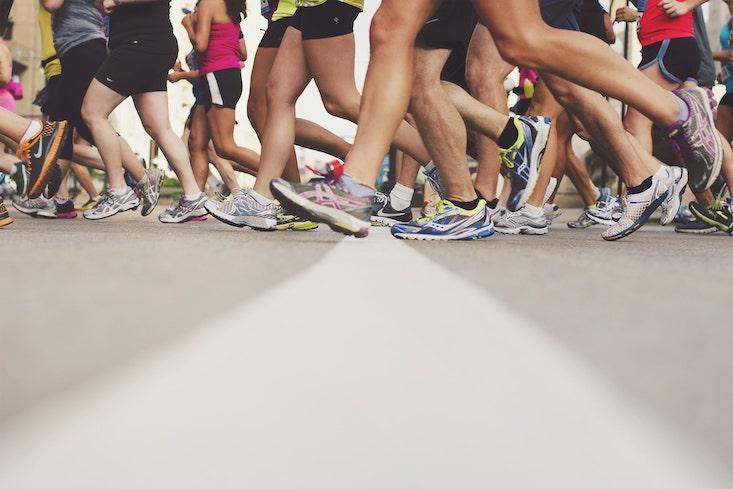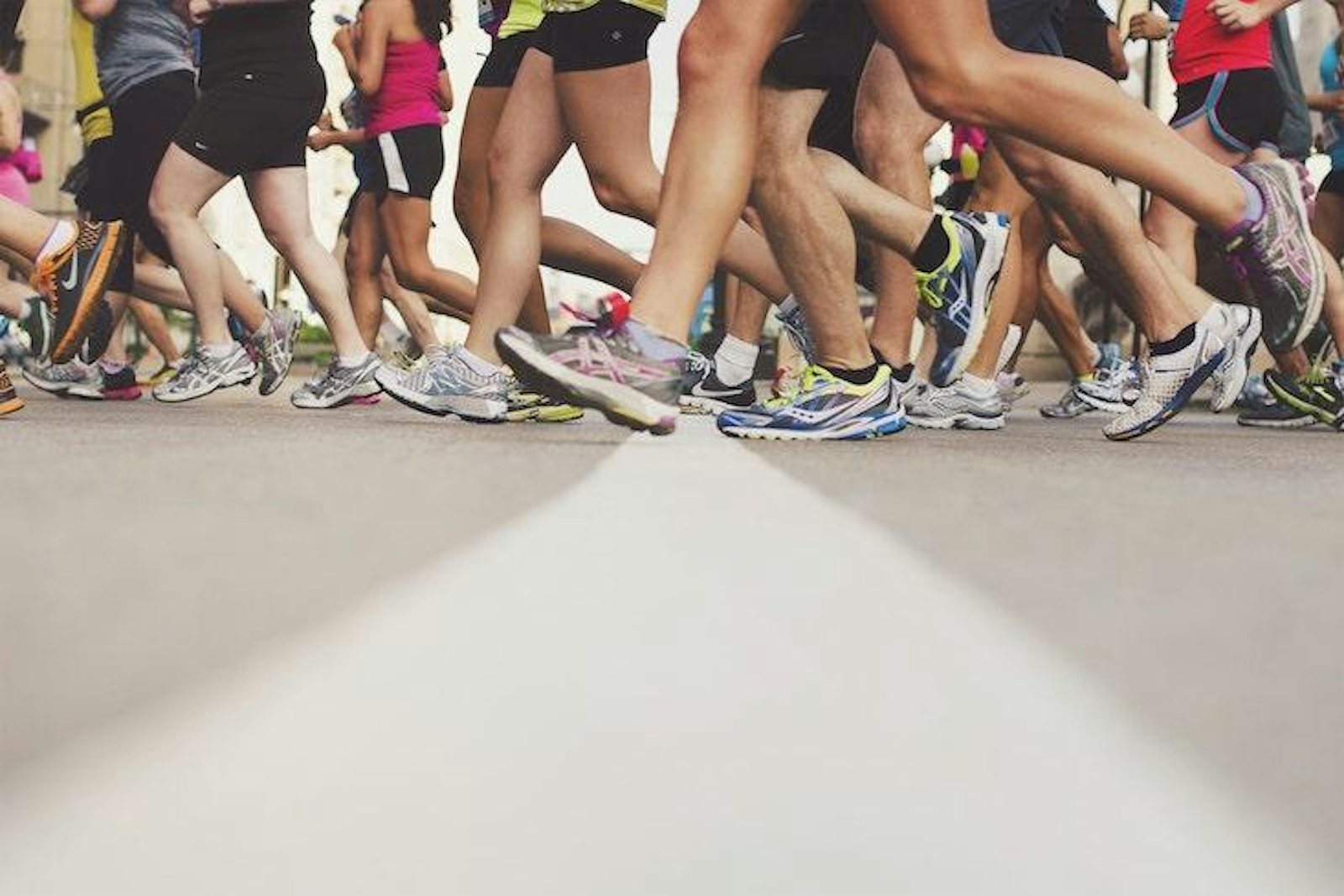
Can we apply a physics-like reductionism to people? That’s a question we asked Simon DeDeo, a professor of social and decision sciences at Carnegie Mellon University, who also heads the Laboratory for Social Minds at the Santa Fe Institute. DeDeo was well suited to the question. With a background in astrophysics, studying galaxy formation, he’s applied a similar, mathematical approach to both contemporary and historical social phenomena (see his Nautilus feature on shifting attitudes toward violent crime, “When Theft Was Worse Than Murder”).
“One of the bugbears of the social sciences—and the study of groups and the origins and development of civilization—is this notion of human nature,” DeDeo told Nautilus editor in chief Michael Segal. “Since the very beginning of what you might call a ‘science of society,’ people have always gone back to this idea that there are some invariants of human society.” These boil down to a list of biological constants that are able to generate a diversity in human societies that somewhat mirrors galactic variety. “If you’re a physicist, you’re really proud of how little you need to assume to get where you’re going—and I think in the modern era now, in the study of society, of human behavior, we’re beginning to develop a taste for those kinds of explanations that get further with less,” DeDeo said.
They modeled the runners not as individuals, but as part of a continuous flowing material.
It shouldn’t be a surprise, then, to hear that people, moving as a crowd, shift and jostle in ways that render them as predictable as water spilling down a channel. In a paper published in Science this month, two French scientists, Nicolas Bain and Denis Bartolo, modeled marathon runners as they walked up to the starting line of the Chicago Marathon. However, they modeled the runners not as individuals, but as part of a continuous flowing material. “Guided by the spectral properties of velocity waves, we build on conservation laws and symmetry principles to construct a predictive theory of pedestrian flows without resorting to any behavioral assumption,” the authors wrote.
As if taking a cue from DeDeo—getting further with less—Bain and Bartolo eliminated any trace of human characteristics in their model and explained human behavior with a physicist’s precision. From a practical perspective, they concluded, understanding the behavior of crowds in terms of hydrodynamics could help civic planners design more efficient and safe crowd controls.
By likening social phenomena to physical processes, DeDeo explains in a clip of our interview below, it’s possible to model even more complex human behavior, like variation among cultures.
Brian Gallagher is the editor of Facts So Romantic, the Nautilus blog. Follow him on Twitter @bsgallagher.


























